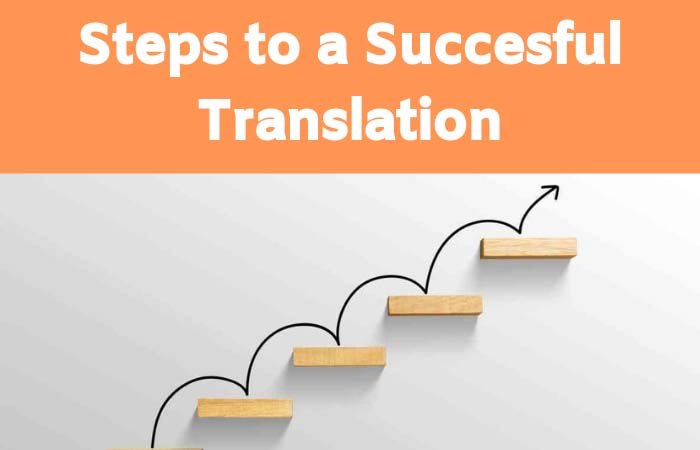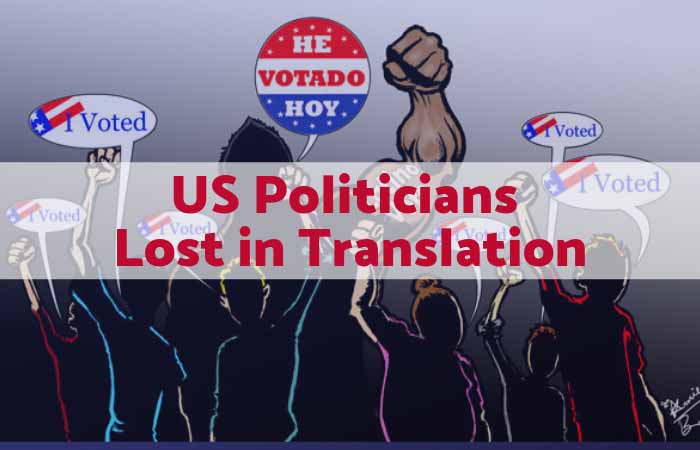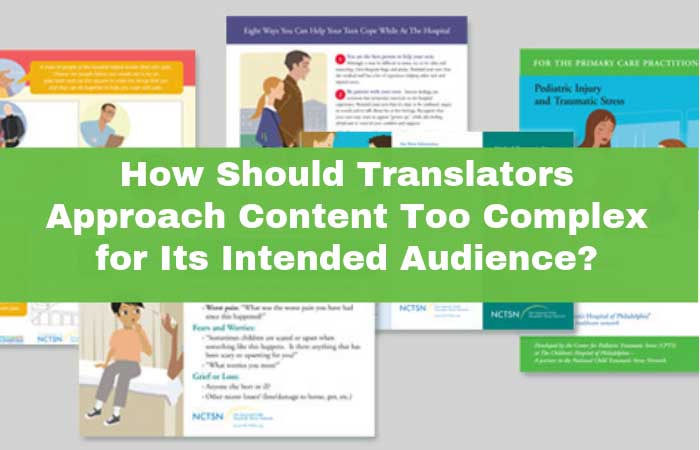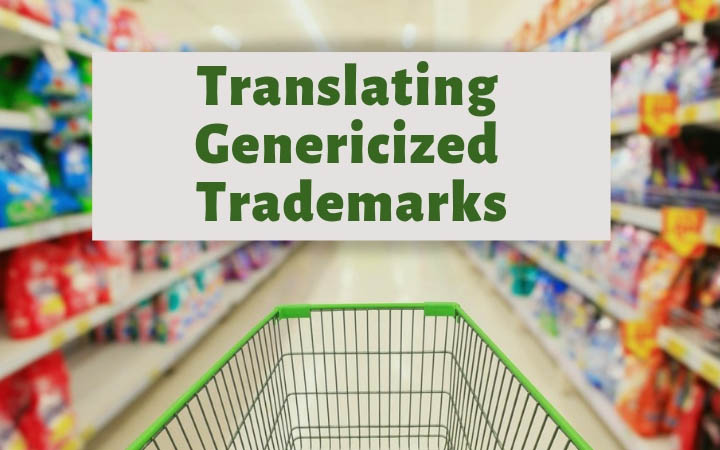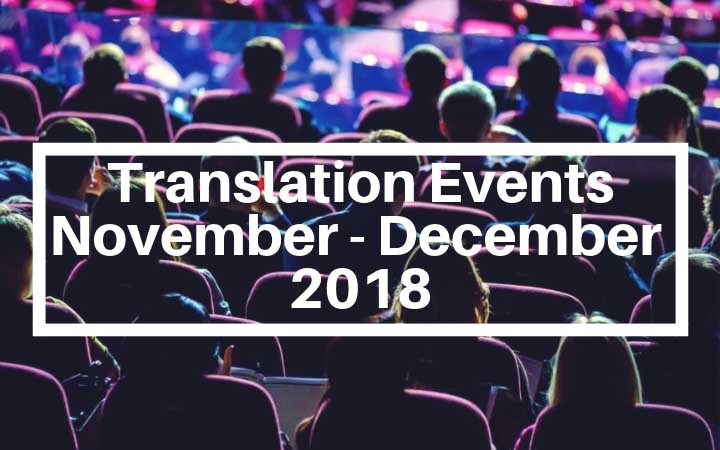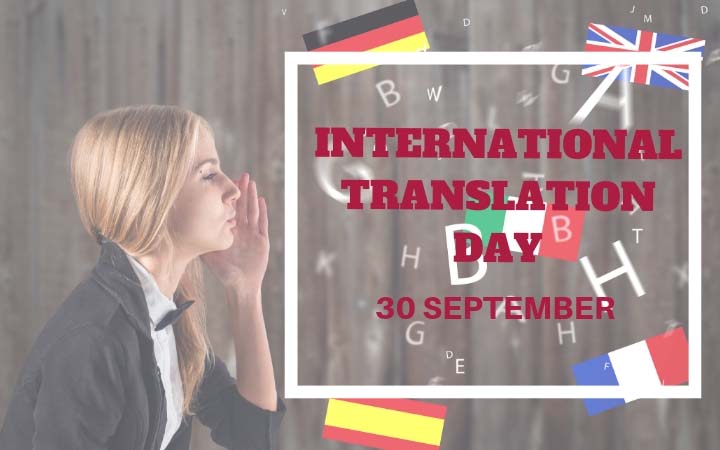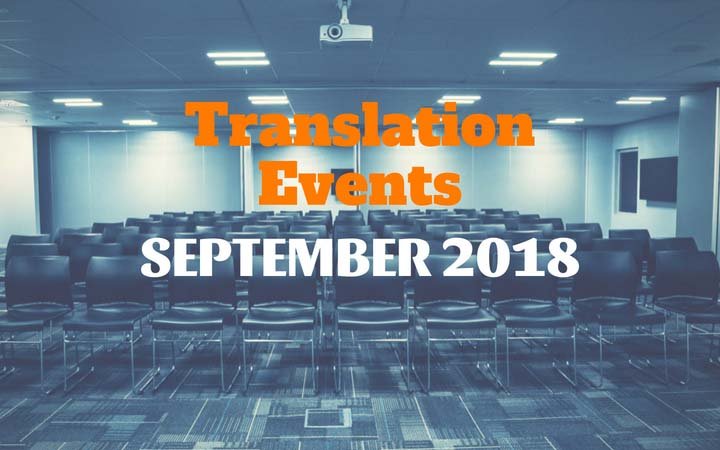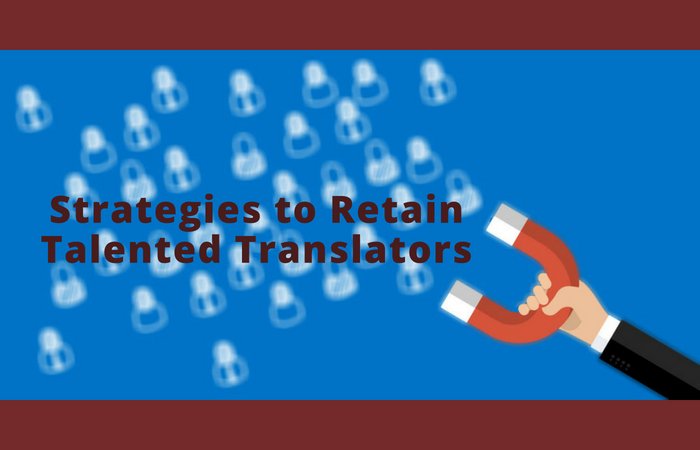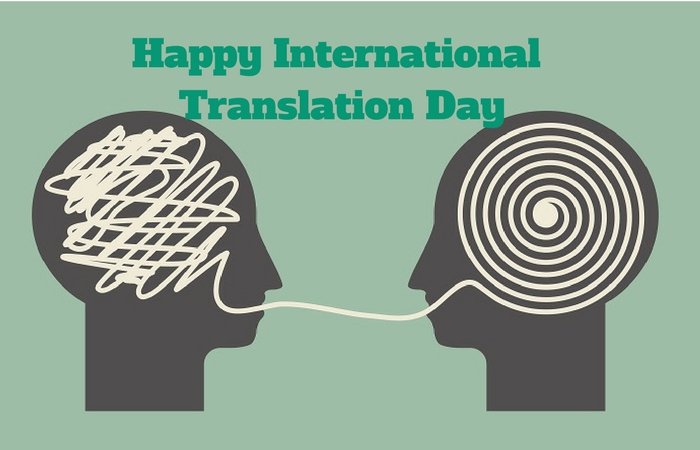Feeling overwhelmed by the translation process? Don’t know how or where to start?
One of Transpanish’s priorities is to educate customers so that they get the best translation service without any unpleasant surprises that could jeopardize their project.
That’s why we’ve come up with the following tips to help you make the right decisions for getting a successful translation.
Planning ahead matters
Plan your translation schedule in advance. A professional translator usually translates around 2,000 words per day. A translation agency can double that number and can also translate higher volumes, but translating large volumes of content in a short amount of time may cost more than you might expect. Bear this in mind when considering the text that you’re going to get translated and when establishing deadlines.
Ask yourself what goal you intend to reach with your translation. Supposing that you’re translating into Spanish, is there a specific region or country you’re looking to target? Or would you prefer a neutral Spanish translation that can be understood by all Spanish speakers?
Write for translation
If you haven’t written the source content yet, write it with translation in mind. Keep it simple and avoid idioms if possible. Write error-free copy and have it proofread before you send it for translation. You’re much more likely to get a quality translation if the original text is well written.
Provide reference material
Make sure to provide the translation agency or translator with all available reference material. This could include any past translations you were satisfied with and any glossary containing your company’s key terms, whether it’s bilingual or not. The more the translator understands your company’s tone the better.
Ever previously worked with a translation company and had it all go wrong? Be honest about it with the translation agency you’re hiring. Tell them about the problems you faced. If you have any examples of a bad translation that was done for you in the past, it might be a good idea to show them. This could even help a translation agency in choosing the right translator for your project.
Translation vendor selection
You might be wondering whether you should use a freelance translator or a translation agency. Maybe you’re even considering having your bilingual employee translate your documents.
But bear in mind that you pay for what you get.
Your Spanish-speaking employee, for example, might seem like a perfect option but it really takes much more than just speaking a language to translate documents accurately.
There are excellent freelance translators on the market but can they manage large-scale projects, and will you need to end up having to pay for another translator to proofread their work?
If you’re looking for a comprehensive service solution that can manage the entire process for you, you’re going to need a translation agency.
The standard will be higher as they have a quality assurance process that usually includes an expert proofreading. By the way, do remember to find out if a proofreading by a second translator or linguist is included in a translation service. Many companies offer different “quality levels” and they might even offer machine translation services at a cheap price. So remember to read the fine print of what is being offered and ask all the relevant questions.
Formatting
It’s important to format your document for translation. Are you getting a brochure translated? Bear in mind that some translations, such as translations from English to Spanish, end up having 15-30 percent more text than the original. This means that some arrangements, such as reducing font sizes, might need to be made to the final document.
If you’re translating a PDF, decide whether you’ll be doing the formatting on your end. If you request the translated document to be formatted, you’ll need to provide the source files (e.g. InDesign, PowerPoint) or the format will need to be recreated, which might result in a major expense.
Translating a large volume of content? Make the most of translation memories
If you’re translating high volumes of text with repetitions (sentences or segments repeated within one or more documents), it’s worth learning about translation memories.
A translation memory is essentially a database where the translation is stored as the translator works.
Let’s imagine that you’re translating six documents from English to Spanish with a total of 40,000 words, of which 10,000 are repetitions. If this is the first time the translator is working for you, the translator will start working with a computer-assisted translation (CAT) tool and create a translation memory for your project. As they translate, the sentences will be saved in the memory. When a new sentence is being worked on and the database finds a similar entry, the tool will show the sentence to the translator as a reference. This might be an exact match or what is called a fuzzy match (an under 99% match). Either way, the translator’s work will be made quicker and you’ll benefit from a time-efficient translation, not to mention consistency between your current and future documents.
Many agencies also offer discounts for repetitions and fuzzy matches so be sure to check if your translation quote reflects this discount.
Build a strong business relationship with your translation agency
If you find a translation vendor you trust, continue using their services.
This will help you get faster and more consistent translations and you may even benefit from special rates if you keep sending documents to translate on a monthly basis.
Regular clients can ask for special favors that a one-time client may not, such as translating a few sentences at a regular rate without incurring a minimum fee.
As with any project, making educated decisions is the key for a successful translation.
Still have questions? Contact us for a free quote or advice.


